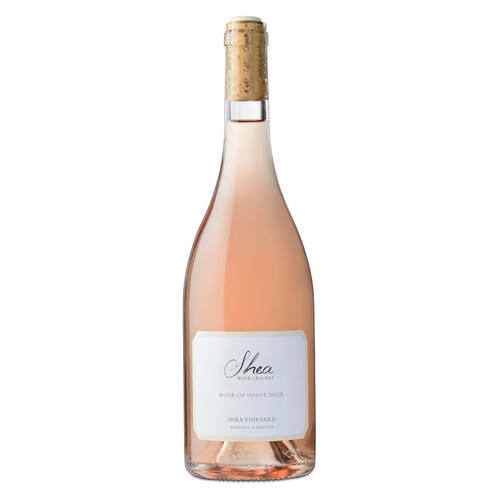Look, the wine is great. But I think it may be more illuminating to focus on its importer, Mary Taylor. She’s had scads of great publicity, but here’s maybe the most insightful article, from the New York Times:
For young people on tight budgets who want to learn more about wine, the points of entry can be discouraging.
Plenty of cheap wine is out there. But much of it is not very good.
Supermarket aisles are stocked with inexpensive, cunningly branded wines, packaged not to educate consumers about what’s inside the container but to appeal to one’s predilections, whether cute animals, titillation, desserts or an air of gloomy mystery.
Other wines, like those labeled “clean” or “gluten-free,” capitalize on consumer ignorance by making exaggerated claims or drawing fallacious contrasts (yes, virtually all wines are gluten-free).
Then you have wines that are good, honest renditions of historical styles, made using traditional methods. Sadly, these are often hard to pick out of the crowd because they require consumers to have some knowledge of both producers and wine labeling.
The situation is even more difficult for those who want to understand bottles from Old World regions, which can often bury young, English-speaking consumers under an avalanche of indecipherable terminology.
Enter Mary Taylor, a wine entrepreneur, who has made it her business to fill this void. She offers a simple, elegant solution, one that does not pander, condescend or dumb down.
Instead, she has come up with a packaging approach for European appellation wines that is clear, consistent and unembellished, displaying the provenance and the producer on clean, white labels, with an easy-to-read-font. All the wines in her white-label line are tied together by a subtle, subordinate “Mary Taylor” signature.
They are excellent values, priced at $13 to $19 and now available in 38 states, including New York, New Jersey and Connecticut, along with Canada, Sweden and Britain. Most important, the wines she has chosen are all good, forthright, unadorned representations of their terroirs.
It hardly seems like a revolutionary, or even novel, idea, to put together a similar combination of good wine, clear packaging and modest prices. And it raises the question of whether a brand can succeed simply by presenting the goods, without flummery.
To put it another way, for years the wine industry has rationalized inexpensive, bad wines as “gateway bottles,” steppingstones for consumers who eventually will graduate to the good stuff. It doesn’t matter what they drink, the thinking goes, so long as they are paying for wine.
But what if curious young people were offered legitimate gateway bottles, gently priced introductions that gave an appealing taste of the wider world beyond?
Pretty cool, huh?
All of her wines are delicious (and yes, real) – but this one may be the most delicious we’ve yet tried.


